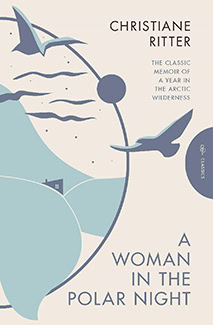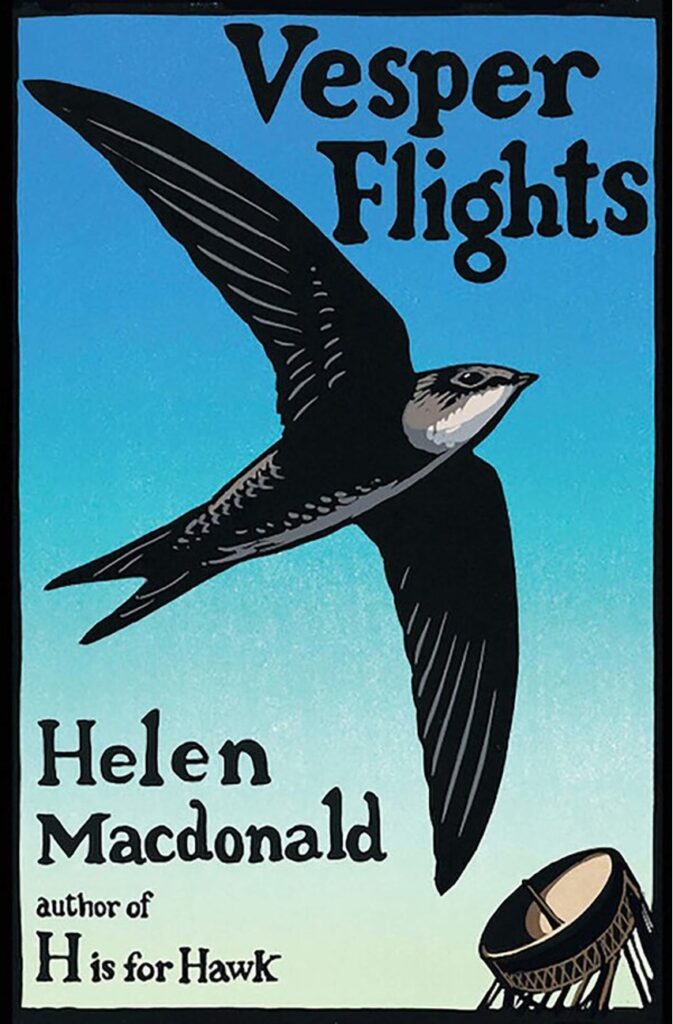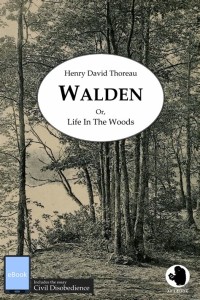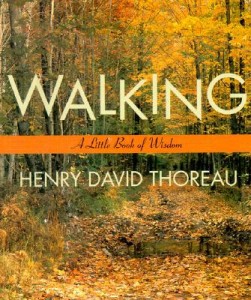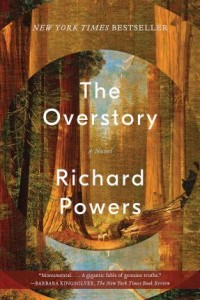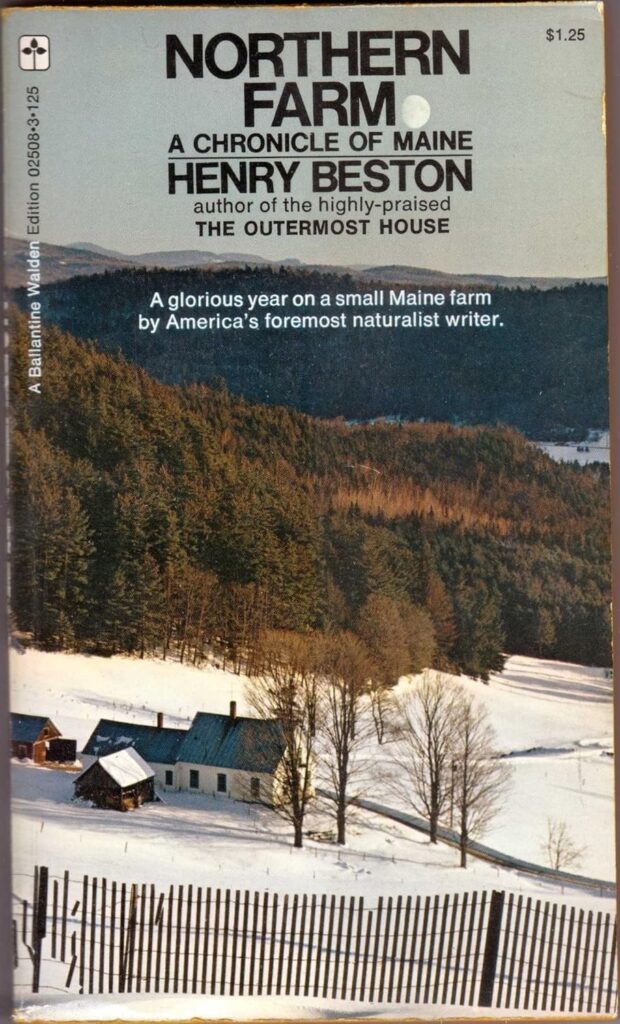
From the writer-naturalist author of The Outermost House, comes an invitation to share in the daily life of a farm in Maine. I found this book so comforting that I stretched it out over a couple of months, only reading one or two short chapters first thing in the day.
Looking for a quieter life than could be found in the Boston suburbs, Henry Beston and his wife, writer Elizabeth Coatsworth, moved to Chimney Farm in Nobleboro, Maine, in the 1930s and lived there for the rest of their lives.
Published in 1948, the book describes a life I thought long gone: heating with wood, using horse-drawn farm equipment, finding dirt roads impassable in mud season, gathering for community suppers at the grange, and—most heartening—neighbors clad in red-plaid flannel helping each other out with seasonal chores. Yet when I moved to Vermont a few years ago, I found all this and more. Yes, even horses being used instead of tractors on some farms.
Home again from a visit to friends in town, glad to be back where everything doesn’t come into the house along a wire or down a pipe. What a relief it was to get into my farm clothes and have a reasonable amount of physical work to do!
These chapters, which take us through a single year on the farm, originated as a series of country-living columns in The Progressive. Each starts with a few pages full of closely observed description of Beston’s surroundings and often something of his activities that day. Here is an excerpt from a winter walk.
Then, even as I looked, something touched me on the shoulder with a new awareness, and the scene became transformed. The shadows which were but shadows turned to pools of a deep gentian blue, a color tranquil and serene, and the water, which had been but water in snow pool close beside the shadows, became a mirror of some blue and glowing vault of heaven—this other blue being as pure as the first, but perhaps more bright, and with the brightness a measure more delicate. By contrast the sky beyond both the pool and the winter shadows appeared more green. The sun shone, there was no sound, and there I was standing in the road and staring at two of the most beautiful appearances of color in Nature which I think I have ever seen. Only a ridge of purest white snow separated the shadows from the pool.
It was as if Nature, in the depth of our winter, had called into being the delicate colors of a garden.
That section is followed by excerpts from his Farm Diary, scraps of details that evoke daily life on the land and in the community. Each chapter closes with a paragraph or two of philosophy, sometimes referencing his lifelong theme of cultivating a closer communion with the natural world.
Who would live happily in the country must be wisely prepared to take great pleasure in little things. Country living is a pageant of Nature and the year; it can no more stay fixed than a movement in music, and as the seasons pass, they enrich life far more with little things than with great, with remembered moments rather than hours. A gold and scarlet leaf floating solitary on the clear black water of the morning rain barrel can catch the emotion of a whole season, chimney smoke blowing across the winter moon can be a symbol of all that is mysterious in human life.
I’ve also been reading Braiding Sweetgrass, by Robin Wall Kimmerer, which many of you have probably already read. She draws on her own Potawatomi heritage and her scientific training as a botanist to describe—beautifully—a way of relating to the land and its plants and trees with respect and gratitude.
Both have been a balm during this terrible time, reminding me of the good in people and what is worth defending.
What are you reading to prepare for next month’s Earth Day?
